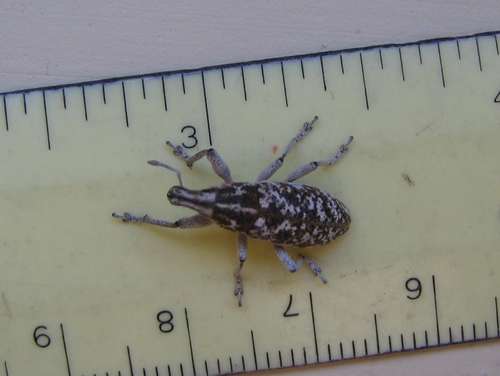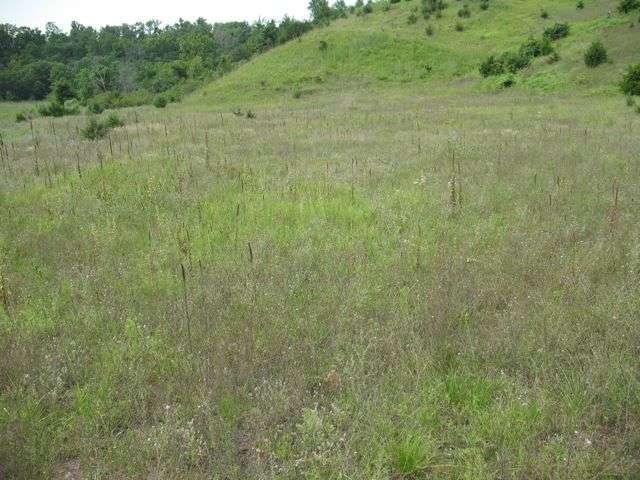Over 10,000 teeny volunteers help restore prairie
Sometimes it's the smallest creatures that have the biggest impact

Over the past five years, scores of FMR restoration volunteers who have generously leant a hand to pull invasive spotted knapweed (Centaurea maculosa) to help restore native dry prairie at the sand coulee in Hastings. Far outnumbering our human helpers, however, have been the many thousands of six-legged friends who have leant the help of their tiny chomping jaws. While humans have been the primary force to eradicate small outlier populations of knapweed, it is the root weevils (Cyphocleonus achates) and seedhead weevils (Larinus minutus) to whom we are indebted for impacting a dense 1.5-acre stand. We dont know for sure how many of these small creatures are now at the site, but its safe to say they have thrived and number at least in the many thousands. We are grateful for their persistent and ceaseless work, as we now have good indications that the knapweed stand is declining!
Spotted knapweed is a plant that originates in Europe and Asia that was accidentally introduced to North America in the late 1800s. Removed from its natural predators, the species thrived and spread. It produces a great abundance of seed and also has chemicals in the roots that are toxic to other plants. Once established, it can form a monoculture and displace native prairie plants. It is not reduced by mowing or burning and is very difficult to control on a large scale with herbicide or by hand-pulling. Introducing some of its natural predators, however, has proven very successful. (The weevils were introduced after careful research to determine that they would not cause unintended negative impacts.) Root weevils are the most effective at reducing the plant population. Larvae burrow through the roots and kill individual plants. Larvae of seedhead weevils are also valuable as they reduce the amount of seed produced. It takes some years, and a significant amount of patience, but together the insects can effectively reduce a stand of knapweed. The knapweed does not disappear altogether; scattered plants will still remain. However, they no longer form a solid stand preventing other species, such as native plants essential for wildlife habitat, from growing.
At the sand coulee, we released a total of 200 root weevils and 1,400 seedhead weevils between 2005 and 2007. In 2010 we can visibly see a reduction in knapweed. One clear indicator was the formation of the characteristic bulls-eye shape, where knapweed is nearly gone from a small circular area (see photo below).

It will be a few more years before the insects have reduced the knapweed abundance to scattered. In the meantime, we will continue our volunteer hand-pulling activities to target outlying areas and prevent the knapweed from moving into new locations. Huge thank yous to ALL of our coulee volunteers, no matter how many legs!
Karen Schik, Ecologist/Project Manager